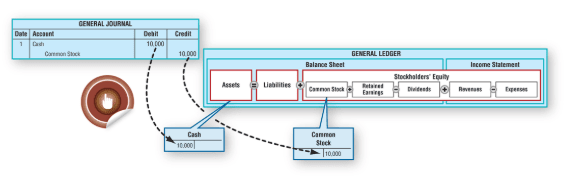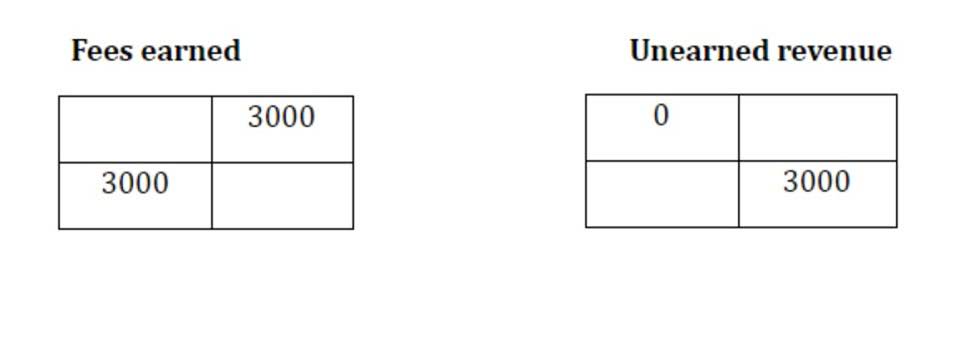
It is crucial for businesses and investors to understand the cost of debt, as it plays a significant role in determining a company’s capital structure, valuation, and overall financial health. Companies with a low cost of debt can access funds at a lower interest rate, resulting in reduced borrowing costs and improved profitability. While the cost of debt reflects the expense of borrowing funds, the cost of equity represents the returns investors expect in exchange for financing the business.
Step 2. Calculate Cost of Equity (ke)
All of these services calculate beta based on the company’s historical share price sensitivity to the S&P 500, usually by regressing the returns of both over 60 months. The problem with historical beta is that the correlations between the company’s stock and the overall stock market end up being pretty weak. Meanwhile, a company with a beta of 2 would expect to see returns rise or fall twice as fast as the market. In other words, if the S&P were to drop by 5%, a company with a beta of 2 would expect to see a 10% drop in its stock price because of its high sensitivity to market fluctuations. From the lender’s perspective, 5.0% represents its expected return, which is based on an analysis of the risk of lending to the company.

How to calculate WACC?
- Therefore, if the S&P 500 were to rise 10%, the company’s stock price would be expected to rise 12%.
- The NPV is the difference between the present value of the cash inflows and the present value of the cash outflows of a project or an investment.
- In exchange for investing, shareholders get a percentage of ownership in the company, plus returns.
- The methodology involves subtracting the risk-free rate, usually the yield on the 10-year U.S.
- Agency costs can lead to underinvestment, asset substitution, and debt overhang.
- For example, if the company paid an average yield of 5% on its bonds, its pre-tax cost of debt would be 5%.
- To calculate cost of debt after your interest-based tax break, multiply your effective interest rate by your effective tax rate subtracted from one.
If any of these charges (or points) are solely for the use of money, they are deductible interest. As you can see, it is now lower because the principal balance decreases before the lender calculates the interest payment each month. In order for the loan to make sense now, the loan should generate more than $6,232 in net income in one year. The market value of equity – i.e. the market capitalization (or equity value) – is assumed to be $120 million. On the other hand, the net debt balance of a company is assumed to be $80 million. We must now determine the capital structure weights, i.e. the % contribution of each source of capital.

Find the right funding for your business.

This step is crucial for financial valuations and other applications, as it reflects the actual cost of debt to a company after considering the benefits of interest expense deductions on taxable income. The cost of debt is influenced by several dynamic factors, balance sheet each playing an important role in determining the interest rate a company pays on its borrowings. These factors can vary over time, leading to fluctuations in the cost of debt and impacting the company’s financial strategy and operational decisions. Notice the user can choose from an industry beta approach or the traditional historical beta approach. In addition, notice that in this particular scenario, we are using an 8% equity risk premium assumption.

- Likewise, Gamestop carries a debt cost of 4.13%, indicating a poor credit rating and higher lending costs.
- Industries with lower capital costs include rubber and tire companies, power companies, real estate developers, and financial services companies (non-bank and insurance).
- When interest expense is tax-deductible, the net cost of debt declines, which encourages managers to take on more debt.
- Next, we will locate Microsoft’s total debt from the balance sheet below the screenshot.
- The cost of debt can be calculated using different methods, depending on the availability and reliability of the data.
- It represents the average rate that a company expects to pay to finance its business.
Stakeholders who want to articulate a return on investment, whether a systems revamp or a new warehouse, must understand cost of capital. Here’s an overview of cost of capital, how it’s calculated, and how it impacts business and investment decisions. The shareholders have the option to invest their earnings after incurring 4% by way of brokerage and commission. A company issued 1,000, 12% irredeemable preference shares of Rs 100 each. Find out the cost of the preference share capital, the tax rate being 30%. A firm’s Weighted Average Cost of Capital (WACC) Insurance Accounting represents its blended cost of capital across all sources, including common shares, preferred shares, and debt.
Method #2: Current Yield
- Higher ratings indicate lower risk for lenders, often leading to reduced interest rates.
- The required rate of return is the minimum return that an investor will accept in exchange for their investment.
- Additionally, fixed-rate loans provide predictable payments but can be higher than variable-rate loans in low-rate environments.
- Ultimately, the decision to proceed with the investment would be perceived as irrational from a pure risk perspective.
- Ultimately, it’s about finding the right balance between equity capital and debt capital that best suits your business needs.
- Prospective lenders may also evaluate your cost of debt when deciding whether to approve your loan application.
- This formula is useful because it takes into account fluctuations in the economy, as well as company-specific debt usage and credit rating.
Depending on your tax rate, the deductibility of interest expense can effectively drive down your net interest expense by a substantial amount. When this is the how to find cost of debt case, it can make sense to take on a larger amount of debt to fund business activities, since it is so cheap to do so. The after-tax cost of debt is also useful information for investors, which can use it to estimate a firm’s cost of capital. When the cost of capital is low, a business can more cheaply acquire financing, which enhances its ability to invest in more profit-making endeavors. These are some of the factors that affect the cost of debt after tax and the capital structure decision.
